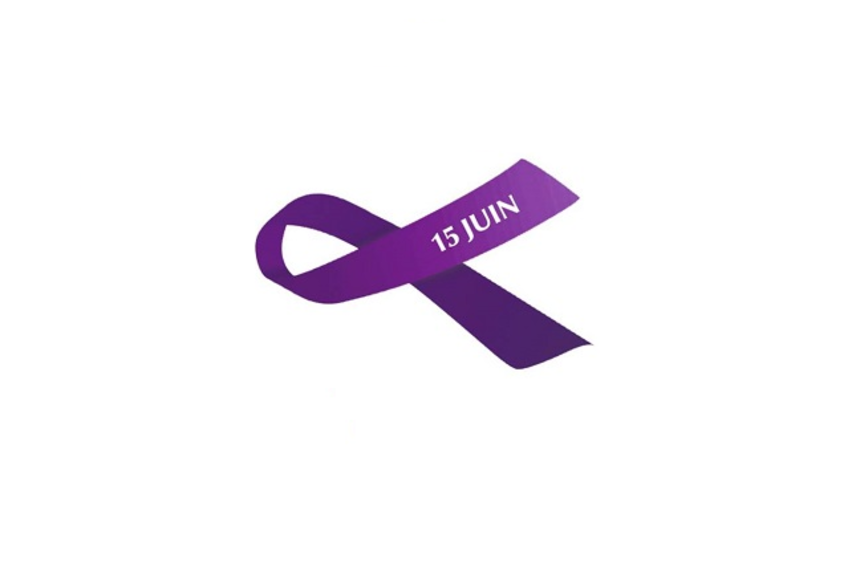Preventing elder abuse through understanding
Avez-vous déjà entendu parler de la maltraitance envers les personnes aînées? Certains d’entre vous se souviennent peut-être de la campagne de sensibilisation mettant en vedette Yvon Deschamps.
Avez-vous déjà entendu parler de la maltraitance envers les personnes aînées? Certains d’entre vous se souviennent peut-être de la campagne de sensibilisation mettant en vedette Yvon Deschamps.

Have you heard talk about elder abuse? Some of you might remember the awareness campaign featuring Yvon Deschamps. When we think about abuse, we often imagine someone being pushed and shoved, but abuse encompasses much more than that.
What is abuse?
Elder abuse involves one or more actions or the lack of an appropriate action, which causes harm to an elderly person. Abuse occurs in a relationship where there should be trust.
There are different types of abuse:
Finally, abuse can take the form of neglect, in other words an absence of care or failure to meet the needs of an elderly person, and is not necessarily intentional. For example: failure to follow the indicated dosage for medication or inappropriate assistance or not enough assistance with personal hygiene tasks or dietary needs, etc.
Regardless of the type of abuse or whether or not it is intentional, this situation causes harm to the elderly person and causes the elderly person distress.
It can be someone in the elderly person’s circle (e.g. a family member, a neighbour, a friend) or someone who provides care or services to the elderly person. The closeness and the bond of trust with the perpetrator make it all the more difficult for the elderly person to talk about the situation.
Signs of elder abuse can be expressed in different ways. Here are a few examples: infantilization, change in behaviour, depressed mood, anxiety, mistrust or withdrawal, social isolation, bruises (blue), wounds or injuries, genital wounds, neglected hygiene, unsanitary living environment, malnutrition, weight loss, deterioration of health, increase in the number of banking transactions, disappearance of valuable items, insufficient funds to pay bills, etc.
If you think you are a witness to elder abuse, first try to identify the signs. Listen carefully to and reassure the elderly person that you are there for him or her. Create a bond of trust. Do not be afraid to ask the person questions, to decode messages. If you have any doubt, do not hesitate to call the Ligne Aide Abus Aînés (1 888 489-2287) toll-free helpline or visit the www.maltraitanceaines.gouv.qc.ca website (in French). The Ligne Aide Abus Aînés helpline provides a listening and referral service and will be able to provide you with support and direct you to the appropriate resources.
Need to talk?
Contact our Caregiver Support Helpline for counselling, information and referrals.
Every day from 8 a.m. to 8 p.m.
Free of charge.